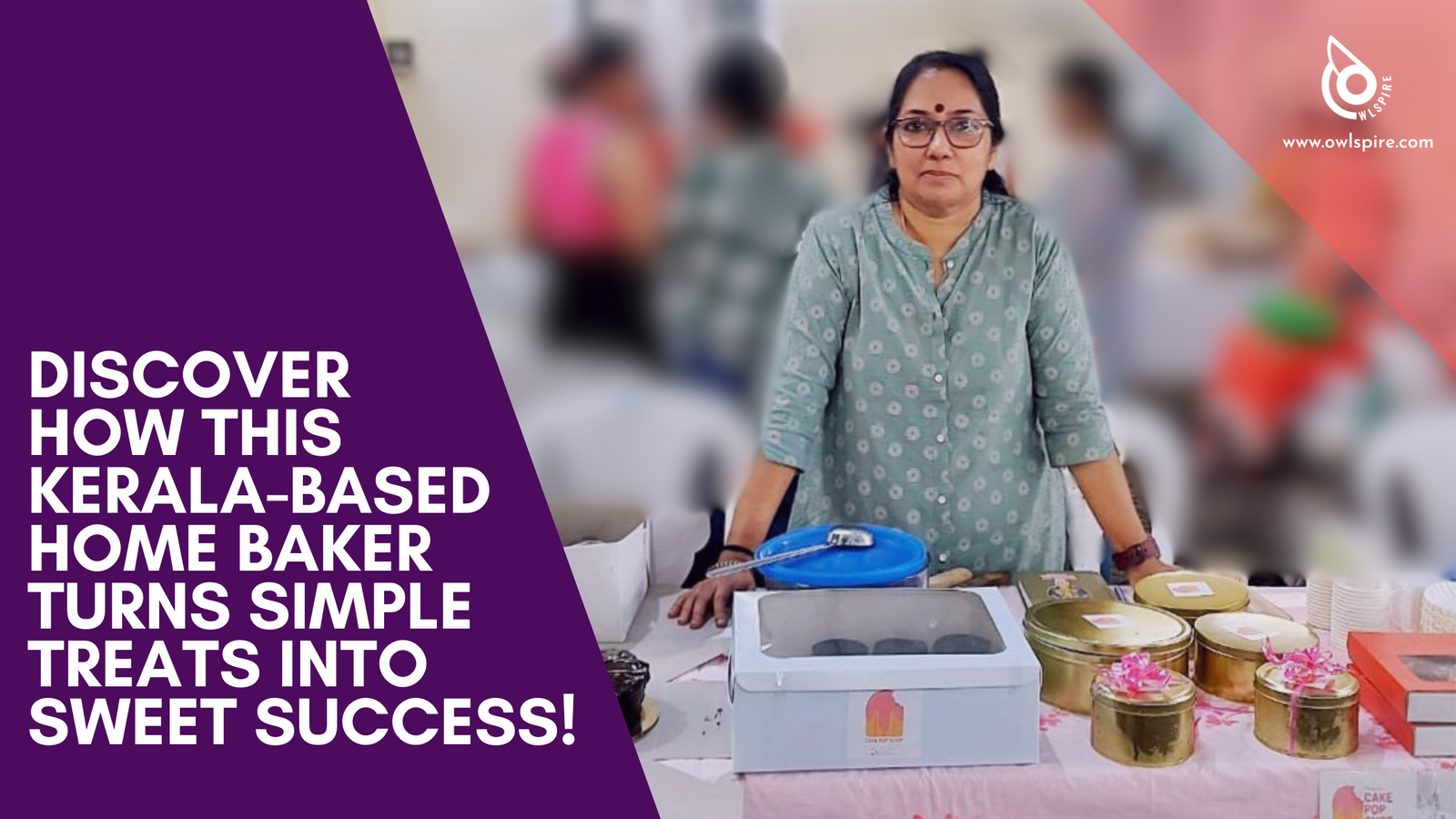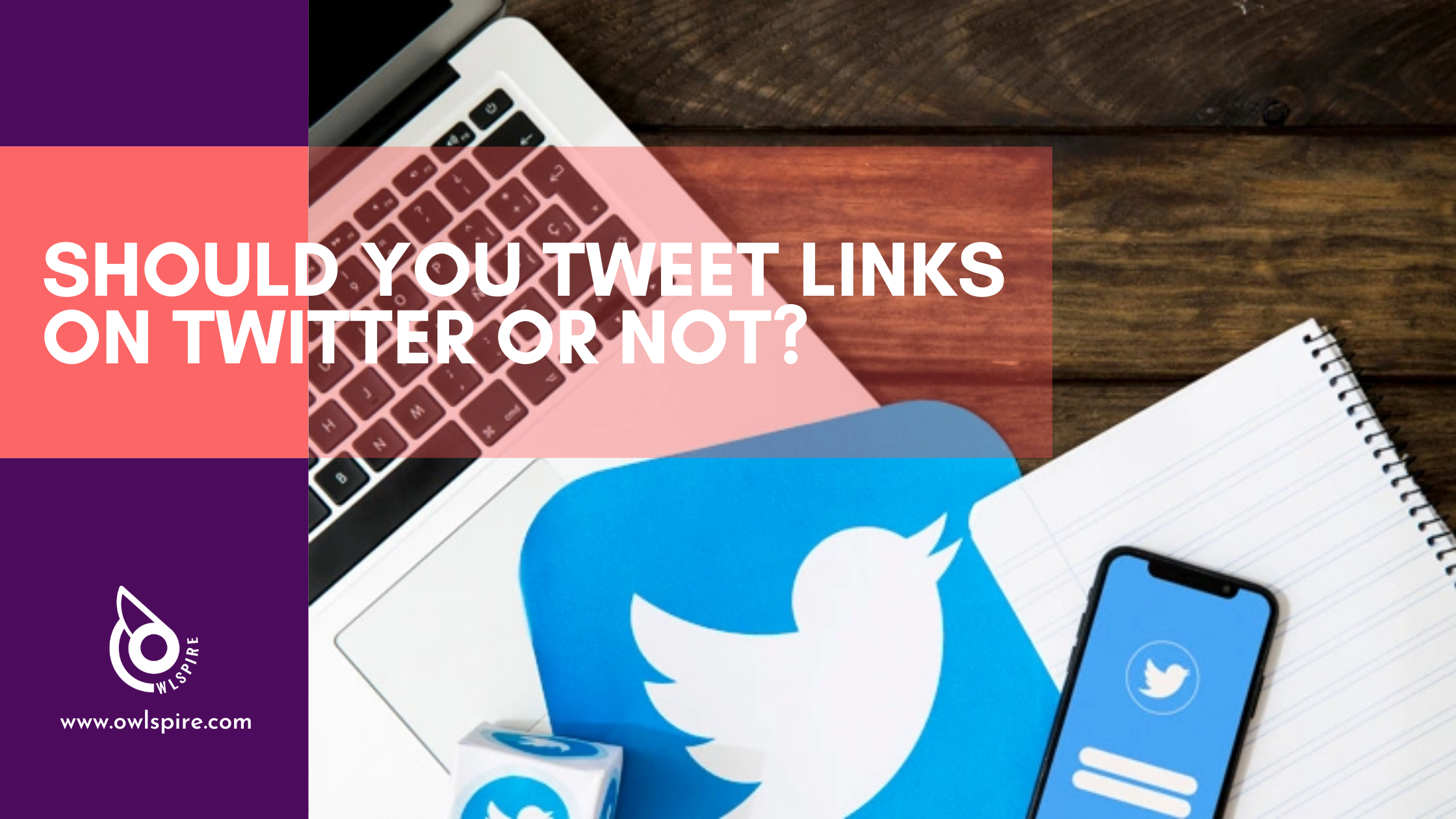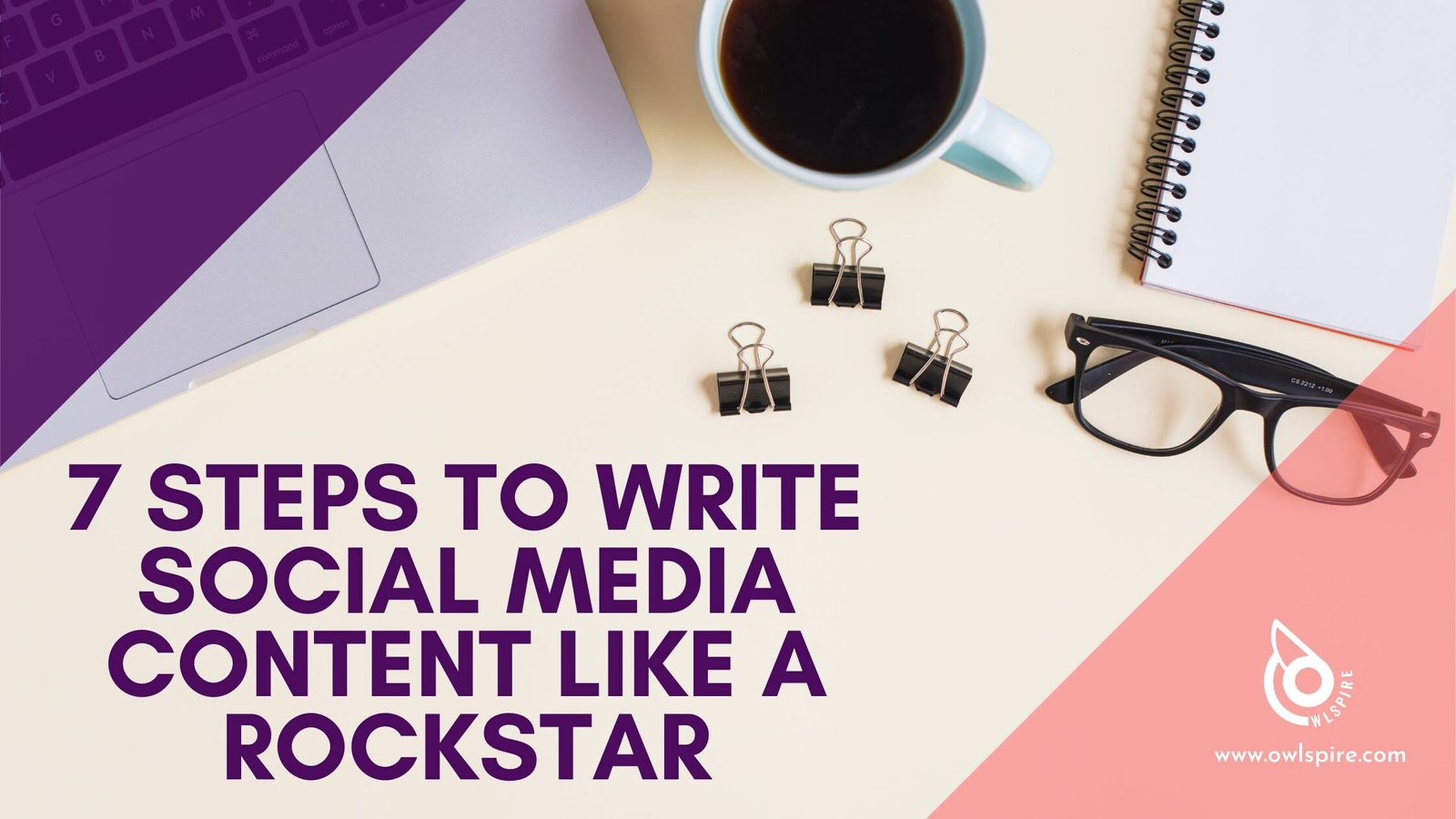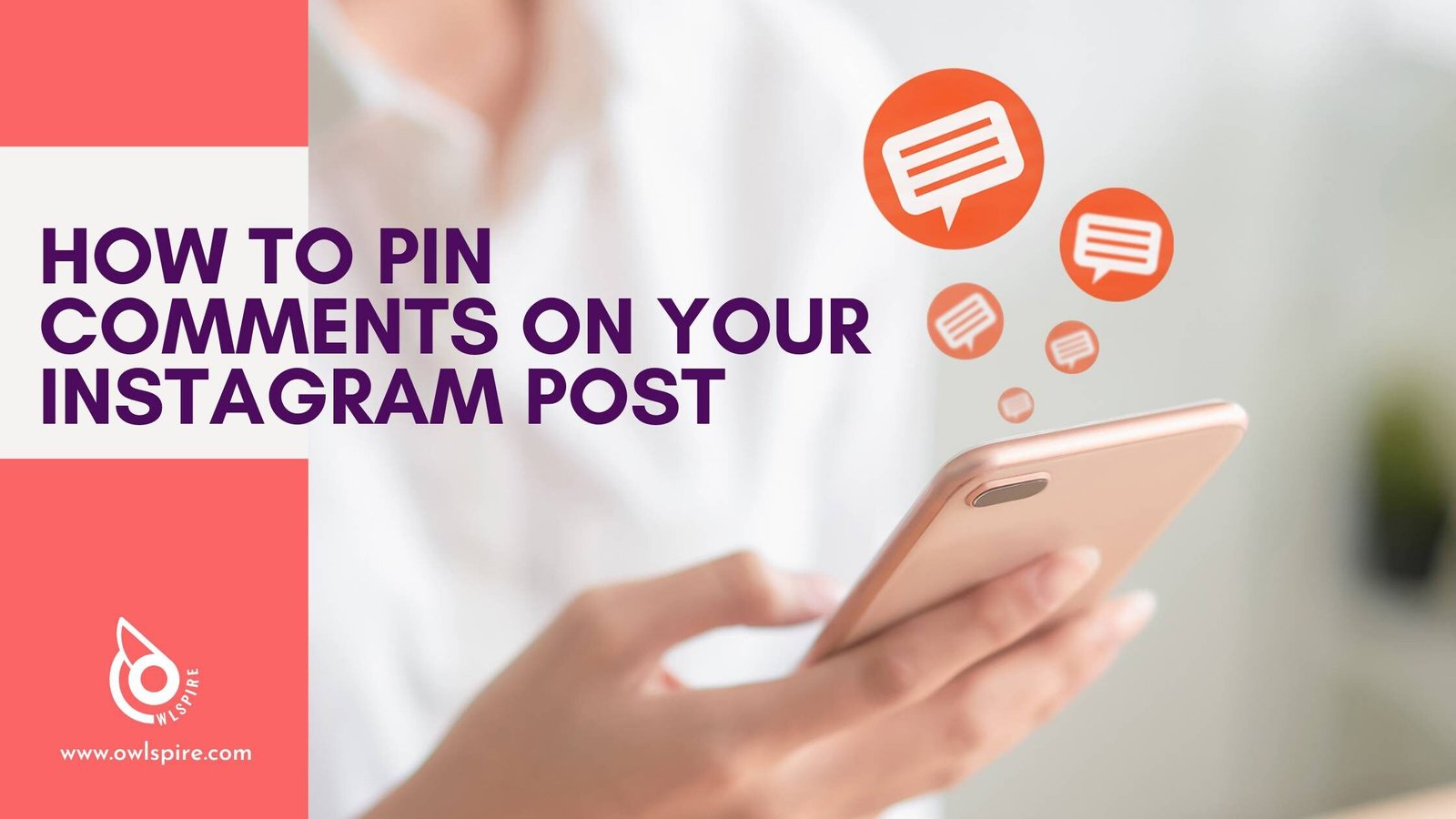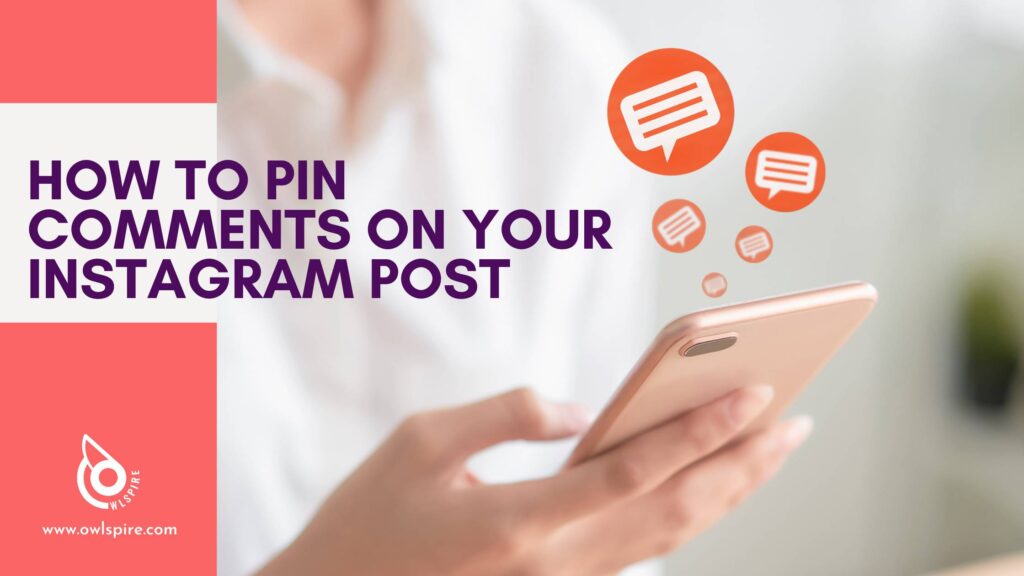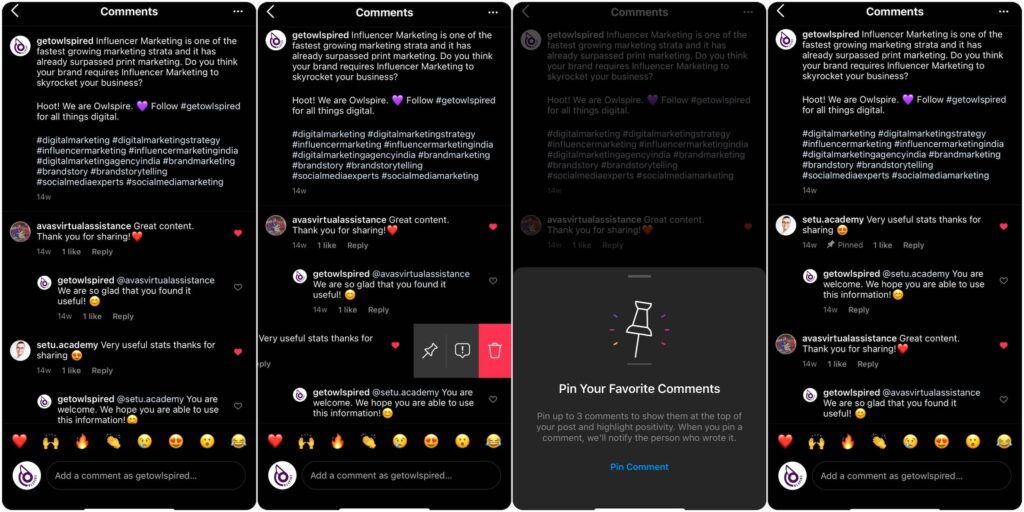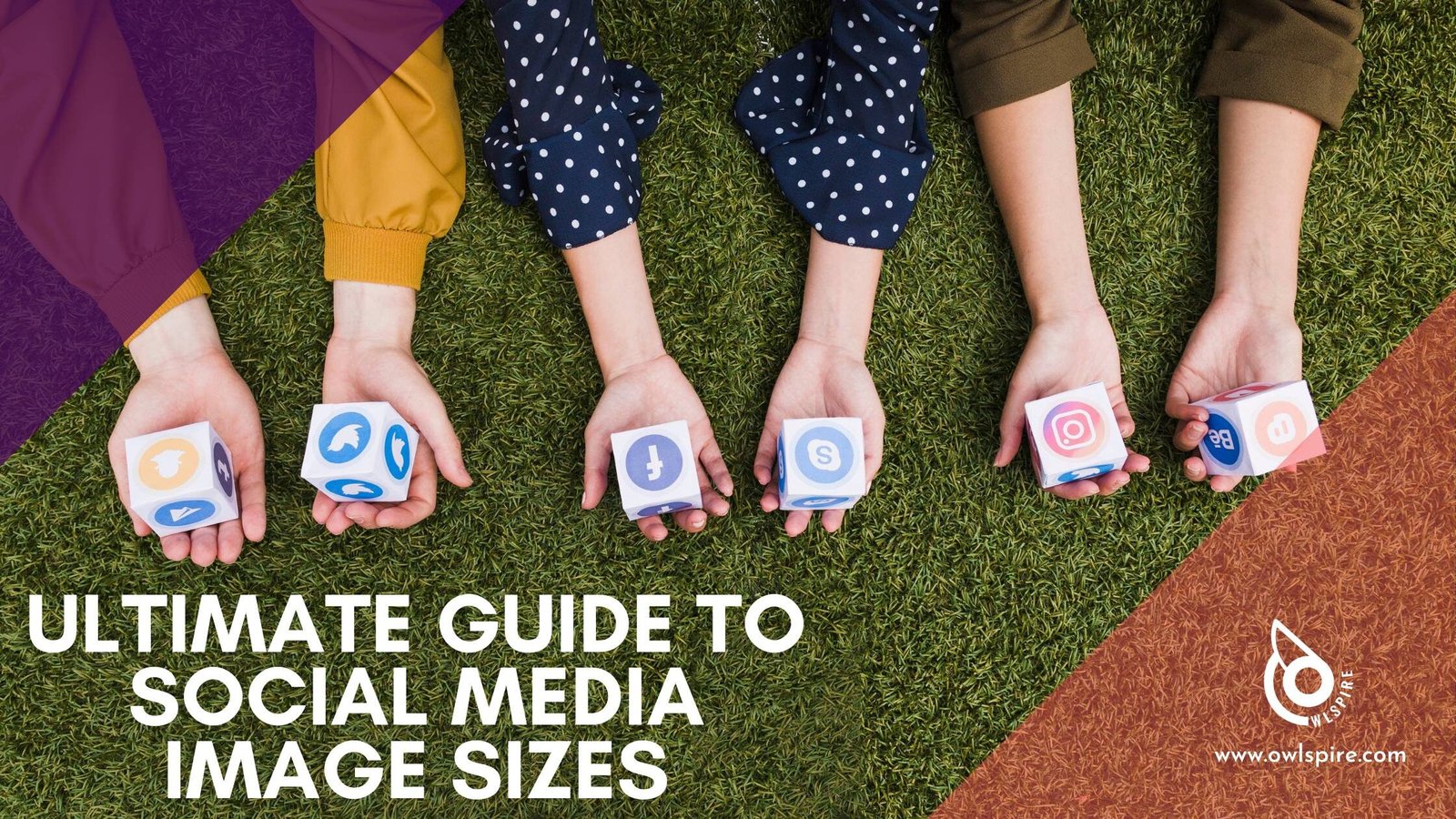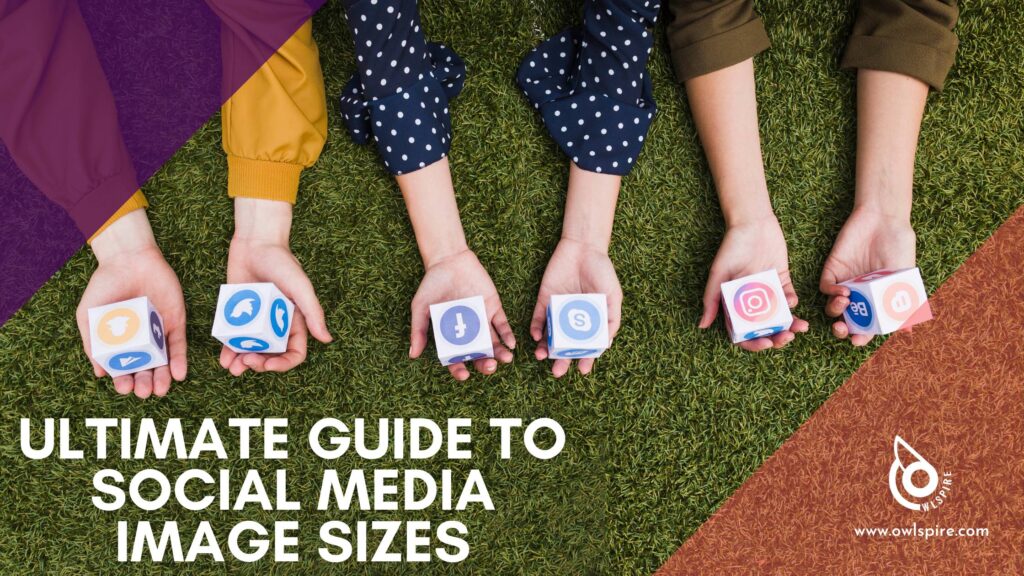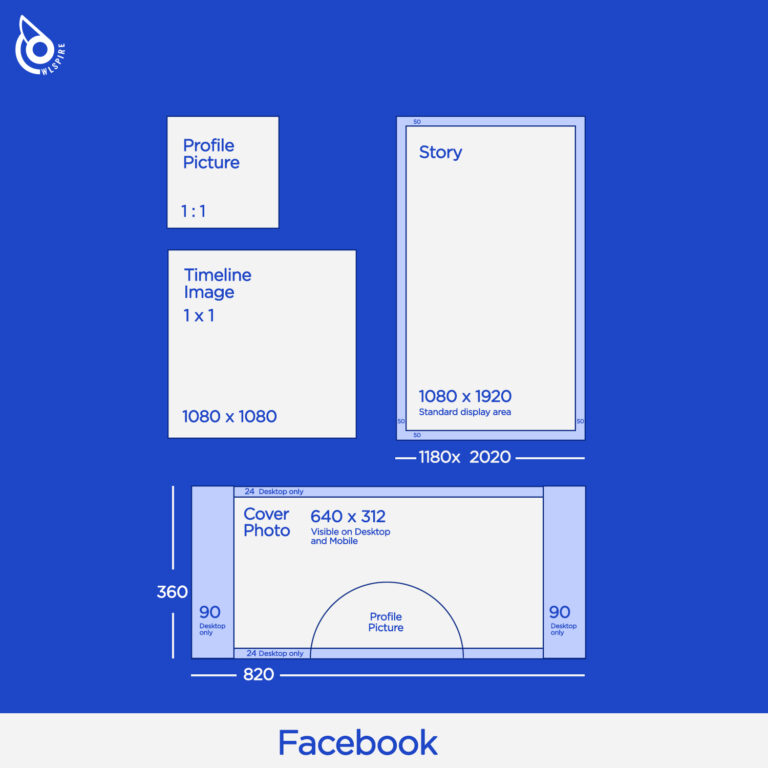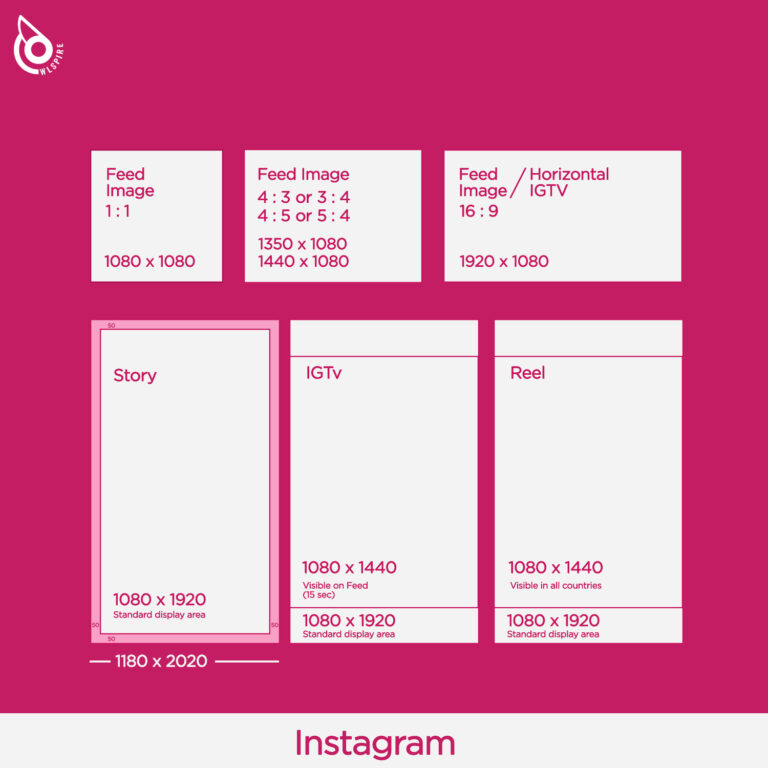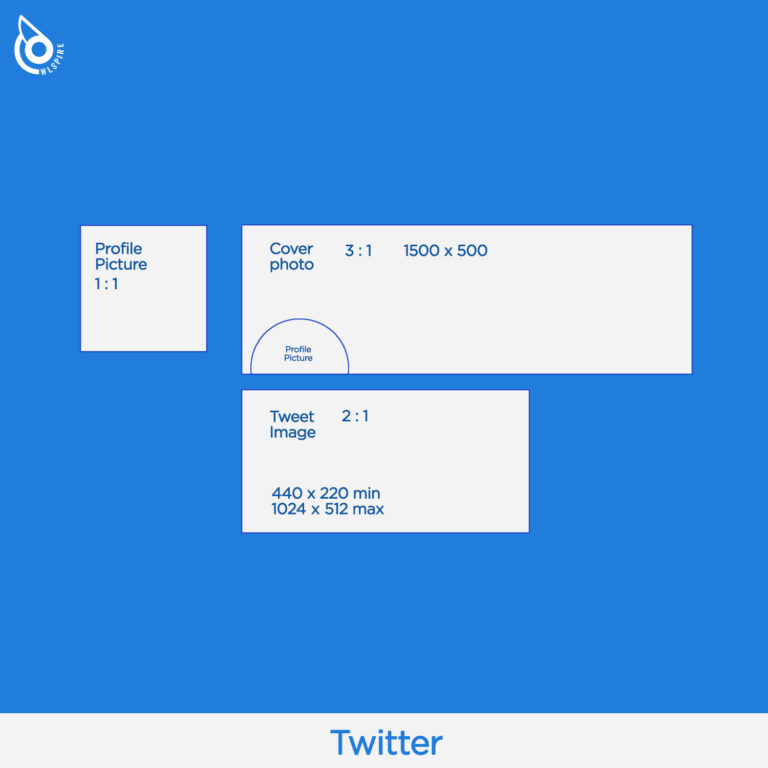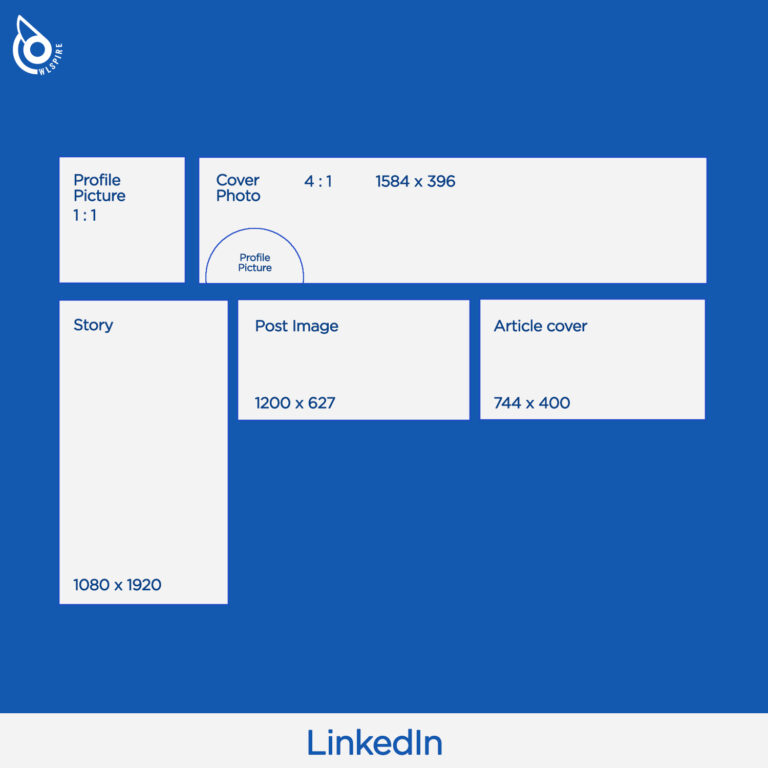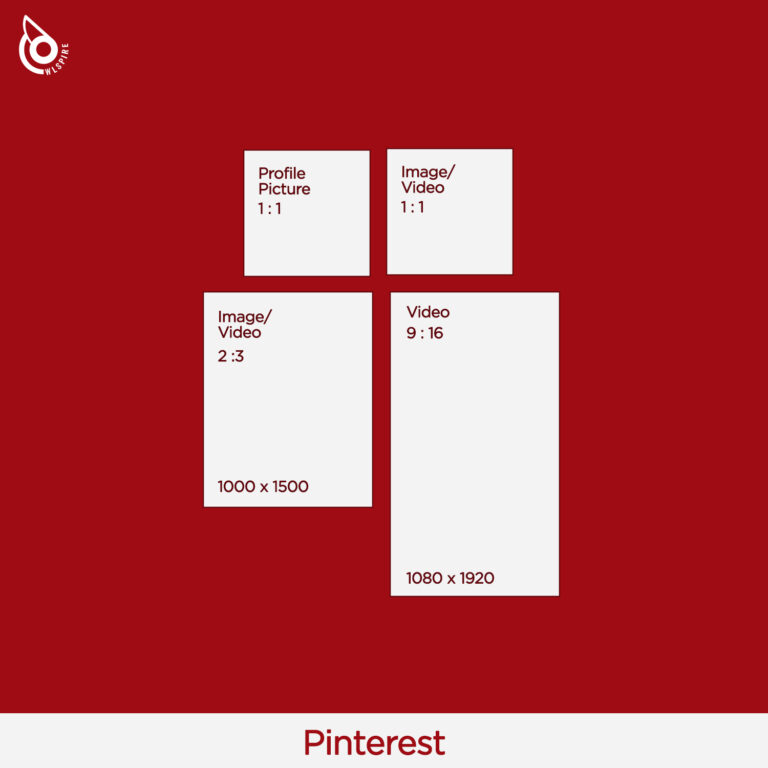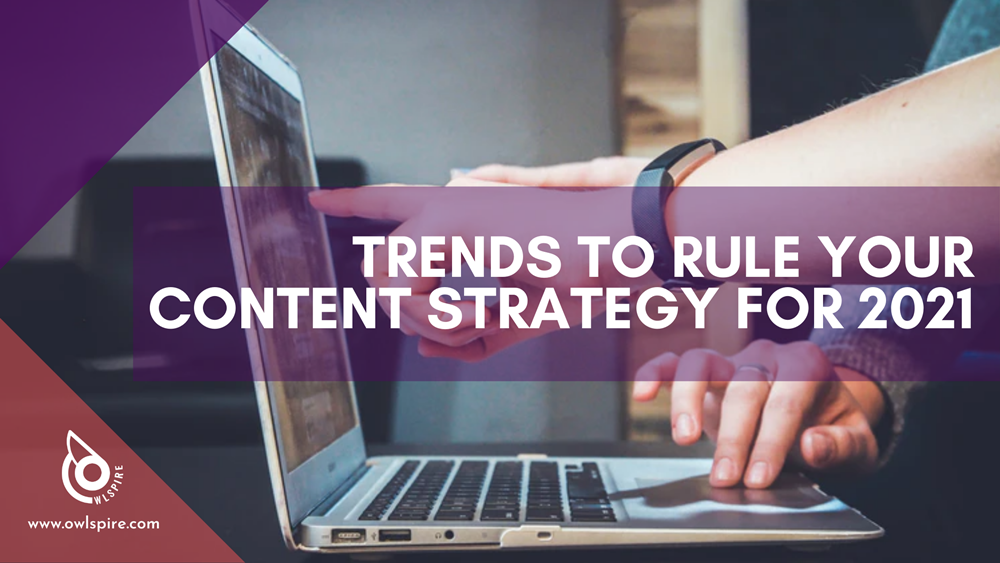Pinterest is a paradise for those looking for inspiration, tips and information on any topic under the sun and also a way to keep those ideas organised. Whether it is related to your hobbies, next travel destination, or the latest trends that you are interested in, Pinterest has it all.
With over 442 million monthly active users, it is time to embrace this visual social media platform if that’s where your brand’s target audience spends most of their time.
By providing relevant information on a single pin, you are effectively cutting down the time for conversions considerably compared to those from other social media handles. Owing to the highly visual nature of its feed, Pinterest is also positioned for higher engagement levels from its users.
Like any platform, it helps if you have a checklist to get you through the basic setup of your business account that is optimised for maximum results, be it to increase sales or traffic to your website. Let’s get started!

What Are Pins And Boards?
A Pin is any image content that is saved by you, as a bookmark. You are also saving a short description of what it is all about and additionally, a website link where you can find more information about the Pin content.
As a brand, the Pins you create must be designed with your clients’ needs in mind. What are the products that you sell? How can your services help your customers? Can you offer some information that your audience can save for later?
Pins can be grouped into various boards on your Pinterest profile, based on your intent. For instance, you can create a board named ‘Bedroom Goals’ to save decor inspirations for bedroom renovations. If you sell home decor products, this is a great place to give ideas to potential customers on how to use your products!
Or if you are a travel agency, you may create a ‘Travel Bucket List’ to list all the holiday packages that you offer.
Setting Up A Business Profile
The first step is to create a business profile for your brand by heading over to Pinterest for Business. If you already have a personal profile, you may upgrade the same instead. A business profile is essential for accessing all the analytics about the performance of your profile, your Pins and the traffic that you drive to your website.
Once that’s done, be sure to keep these useful points in mind throughout your brand’s pinning journey!
1. Optimise profile descriptions
Make your brand’s profile easily recognizable through consistent descriptions and branding across all of your other social media handles.
Be sure to include appropriate industry keywords wherever possible to come up in relevant search results. For example, if your brand sells unique, handmade, artisanal chocolates, the profile bio (160 characters) should reflect the same.
Include a clear call to action that leads pinners to your website, your shop or whichever destination is relevant to your marketing efforts. Do you wish them to download a free pdf on your website? Drop that link in your Pin descriptions or profile bio!
2. Enable pinning from your website
People often save images or blog posts from external websites to their own Pinterest boards. Similarly, to enable your brand’s website visitors to save Pins, it’s important to add ‘Pin It’ buttons using widgets available for your platform. This lets the reader save any image from your page to their boards.
3. Claiming websites and social media handles
While you are editing your profile, check out the claim feature that lets you claim your website, social media handles, shop etc.
Doing so gives you access to analytics for the Pins created from your claimed pages. These Pins will also be automatically marked as belonging to your brand so that the pinner can identify where to get more such Pins!
4. Create boards with purpose
Make an initial list of boards that you want to focus on. Suppose your brand produces wines. On your first board, you could add listings for your wines and all wine-related information that your audience would be interested in. On another board, you could save cheese pairings that go well with your wines!
For each board, add a clear description (500 characters) that explains what it is all about and what a pinner can expect by following it. Through clear CTAs, encourage them to save Pins to their personal boards or lead them to your website for more information.
Create multiple boards that cater to different segments of your customers because not all of them may be interested in every one of your products or services. For example, a vegan pinner might follow a food brand’s vegan recipes board but not the meat recipes board.
You can further organise Pins to different sections within a board if that’s your thing!
5. Ensuring Pin-wins
Now that you have a few boards ready, it’s time to start pinning!
An ideal Pin has a high-quality image/video with an aspect ratio of 1:1 or 2:3. A video Pin can also be in the aspect ratio 9:16. Unless you are pinning directly from an external website, it is recommended to use the 2:3 ratio (1000×1500 px) while creating your Pins to ensure maximum image quality. Not to mention, vertical Pins occupy more space on the feed.
It is highly recommended to include text on the image to explain what the Pin is about. This not only catches your audience’s eye, it pushes them to save the Pin too. You can also try creating Pins with different variations of the text.
Each Pin should have relevant, concise descriptions (500 characters) and clear CTAs. All the more effective if you can include your brand name in the first sentence!
6. Increase organic reach through external Pins
While creating your own Pins is important, saving Pins from other creators adds to your growing collection and also increases traffic to your Pins organically. The 70/30 rule is a good place to start—Pin 70% of your content and 30% of others.
Group boards, with multiple contributors, are also a great way to increase traffic to your profile. You can search for and join group boards that are relevant to your industry. By pinning to these boards regularly, you can reach out to the board’s followers through their feeds.
7. Establish regular pinning schedules
It is advised to save multiple Pins, from 5 up to 30 (or more) Pins a day! Make sure that you do not Pin excessively because Pinterest may suspend your account.
You can also keep your old Pins active by re-pinning them to your other boards after a considerable gap (5 to 7 days) to ensure more traffic or saves.
If you have variations of the same Pin, for example, multiple Pins leading to the same blog post, make sure you space it out so that Pinterest considers each Pin a fresh one and gives them enough importance.

Keep Calm and Pin On
Your brand’s ultimate goal should be to serve your audience’s needs by curating a board that has a wide variety of useful Pins, both yours as well as other creators’. Doing so helps you establish yourself as an authority in your industry. Pinners will then flock to your brand for credible information! Keep in mind that the other Pins compliment your brand and do not compete directly with what you do.
That’s it! You are now ready to embark on your brand’s Pinterest journey. If you need any assistance on any aspect of your brand’s digital media marketing journey, Team Owlspire is just a hoot, skip and a jump away! Contact us at hoot@owlspire.com to activate your brand online.


